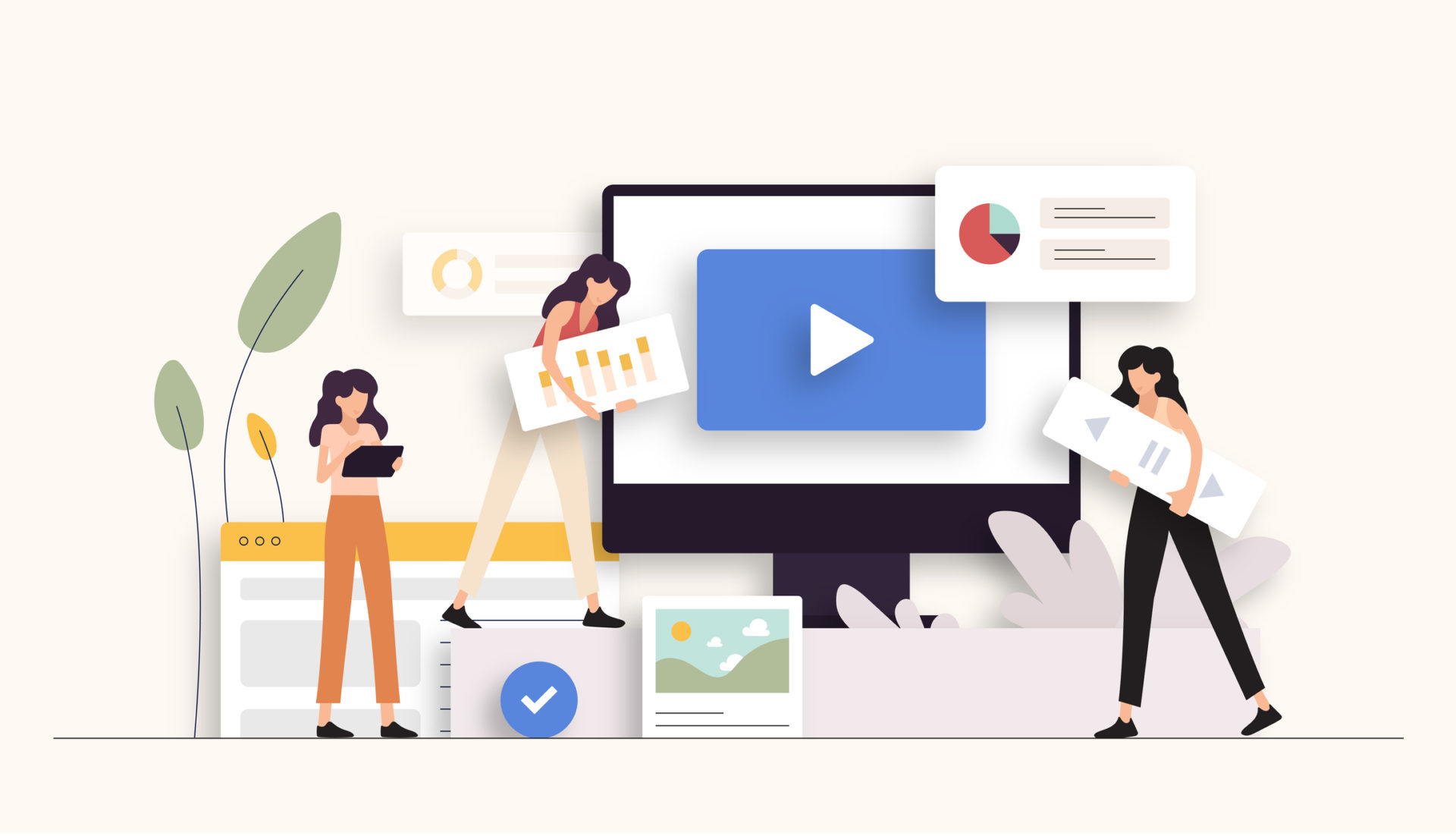
The different types of digital marketing & how to use them
Digital marketing is a whole world. Which channel to use? What is SEO? What does PPC mean? The advantages and disadvantages of each type of digital marketing? Where do you start?
Digital marketing is much more than just a website and a fun “viral” video…
To help you, we will see in this article 10 different types of digital marketing. The boundaries between these types of marketing are not always clear-cut, but you will soon understand.
Generally, the choices you make in digital marketing are conditioned by these two questions: WHY do you turn to digital marketing, and WHO are you trying to reach? Answering these two questions will help you select the right formats and channels to achieve your goals.
Types of digital marketing
1. Content Marketing

Content marketing is the creation and distribution of content, be it text or images. Or multimedia, as long as what you offer has a certain value for your audience. Unlike advertising, which has only one goal: to sell. If you are in the B2C (business to consumer) sector, a simple publication on social networks can sometimes be more effective than a report. Then a white paper, a conference or other.
Advantages
It’s free in the sense that you are trying to attract your audience to you. Instead of paying for your message to be distributed to the masses.
Content marketing is very versatile and can help you build your brand while educating. Notably by entertaining or inspiring your audience. Content is the lifeblood of other types of marketing, SEO, social networking, or email campaigns for example.
Disadvantages
The rise of content marketing means that the space is saturated with blog posts, videos, and all kinds of content. This makes it difficult to stand out.
To be effective, you need to find consistent and good quality content that can also represent your business and help you achieve your goals.
What you should do
Create a simple content marketing strategy, including :
– The 4 or 5 themes you want to focus on, positioned between the needs and preferences of your audience, and the message you want to convey.
– Format you want to use (video, audio, blog…)
– Channels you will use for each content you create (website, social networks…)
Start by keeping it simple: if you’re good at writing, start by creating a blog. If you’ve already made videos, start a series, etc.
2. Search engine marketing
The principle of search engine optimization marketing is to ensure that your company, your site, and your products appear at the top of the search results. And that is every time people type in a particular word (or sentence). We think of Google, the most used. But also of Bing which is often used by companies (so a very good choice for those who do B2B). This type of marketing includes both natural referencing (known as SEO or search engine optimization). And paid to reference (PPC or pay per click). And this on desktops as well as on mobile devices (and even PDAs).
SEO
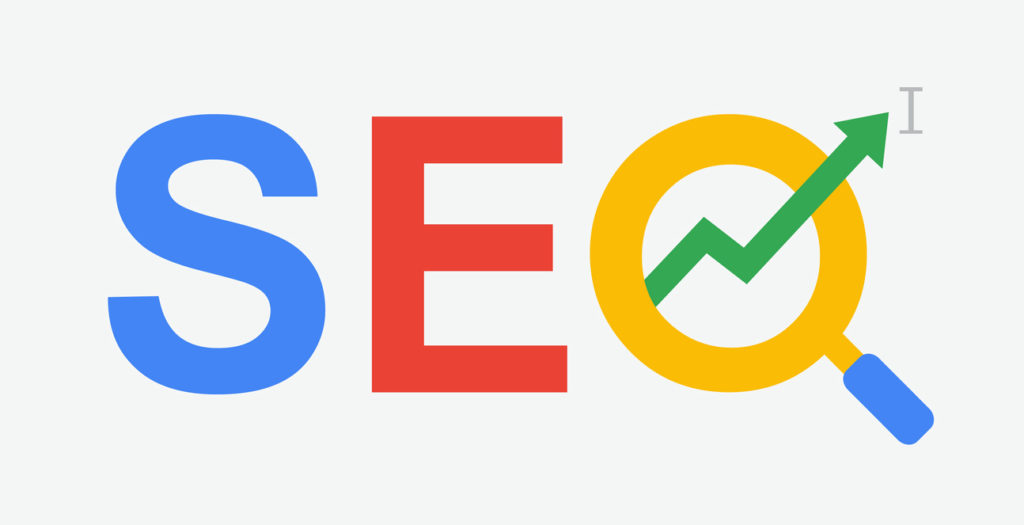
As suggested by the O for Optimisation, SEO corresponds to being well “referenced” on search engines. This means creating content that your audience will actively search for. And ensuring that the platforms on which your content is found are also optimized for good SEO. This is something that everyone should do. Regardless of your type of business or industry.
Advantages
It’s free
Once you are at the top of the results, your company will appear even more authentic and objective to your customers.
Disadvantages
Of course, you don’t have to pay to be at the top of the result lists. But creating quality content and optimizing your website requires a certain amount of time and effort.
You are at the mercy of Google and its algorithms. Also, with the amount of content online these days, it is now very difficult to get to the top of the results.
What you should do
Before you start talking about SEO, you first need to have content. Do some research to find out the keywords used by Internet users in your sector of activity. And keep up to date with all the news from Google in this area. If you’re just getting started, you can use a plug-in to help you optimize your site (such as Yoast for WordPress). Or the software “Screaming Frog”. Otherwise, if you have a larger budget, you can hire a professional to help you do this.
PPC
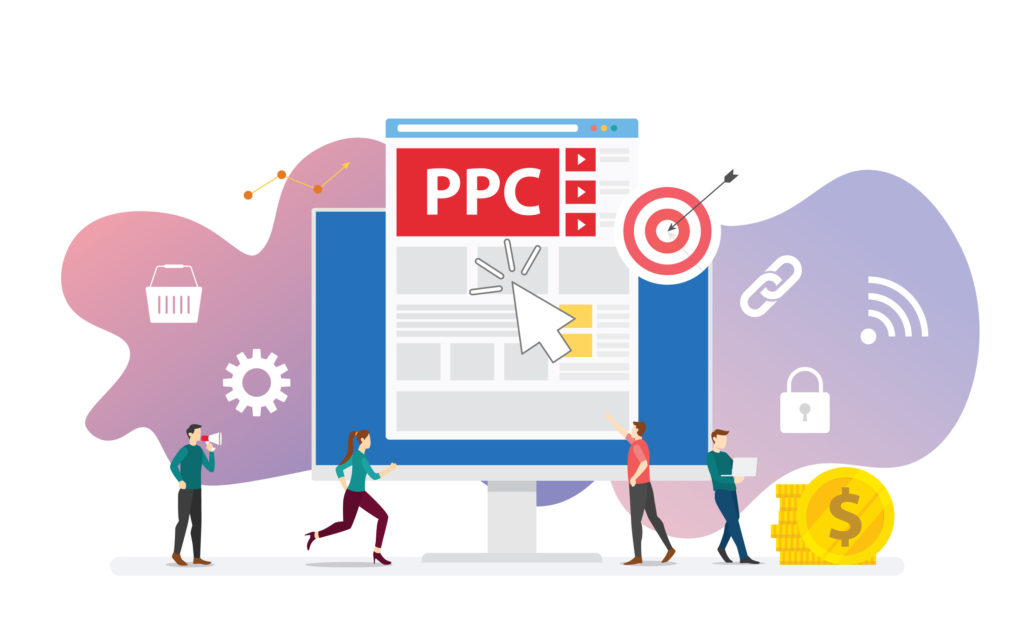
“Pay per click” is a form of paid search engine optimization, for example, Google Adwords or Bing Ads. This is almost how natural SEO works. Except that these results appear above the natural search results. That’s why the word “ad” is added to the result. You can buy one of the best positions through auctions. They are based on words, geographical locations, or demographic segments. This is particularly useful for e-commerce sites and small businesses.
Advantages
PPC can quickly move you to the top of the search results if you have the budget to do so.
You only pay when someone clicks on your link (hence the name!).
Disadvantages
This can be expensive, especially if you target popular keywords.
Many users are doubtful about paid results and have more confidence in natural results.
What you should do
If your budget allows, use PPC to complement your natural SEO strategy. You will need to do keyword searches to test different combinations of the most relevant words. Don’t forget to measure and optimize as you go along. SEO can be quite complex, so if you can afford it, hire a specialist agency.
3. Display advertising

Display advertising, also known as banner advertising. It is very similar to advertisements printed in magazines. The difference is that they are online, and can be targeted to a specific type of reader. This type of marketing has become more sophisticated since the birth of programmatic advertising. Where advertisements are bought, analyzed, and optimized automatically by using algorithms. And retargeting, where the shoes you’ve looked at on a website reappear everywhere you go online afterward. And that sometimes lasts for months.
Advantages
You can target and re-target consumers in a very effective way
The display ads are very easy to follow and allow you to measure your conversion rates in real-time.
Disadvantages
Customers may not see the ads or ignore them entirely, to focus on the content they are trying to read.
You need to find a way to maximize your impact so that people notice you. But not so much that they get annoyed.
What you should do
For display advertising, you need to think first about design. Creating an advertisement that is clear, striking, and memorable. As well as placement, finding the place where your content and message will naturally position themselves. And where it will be able to reach your audience. If you’re running a small business and probably know your market fairly well, you can contact industry professionals directly. Otherwise, use a service such as Google Display Network or Facebook Audience Network.
4. Mobile marketing
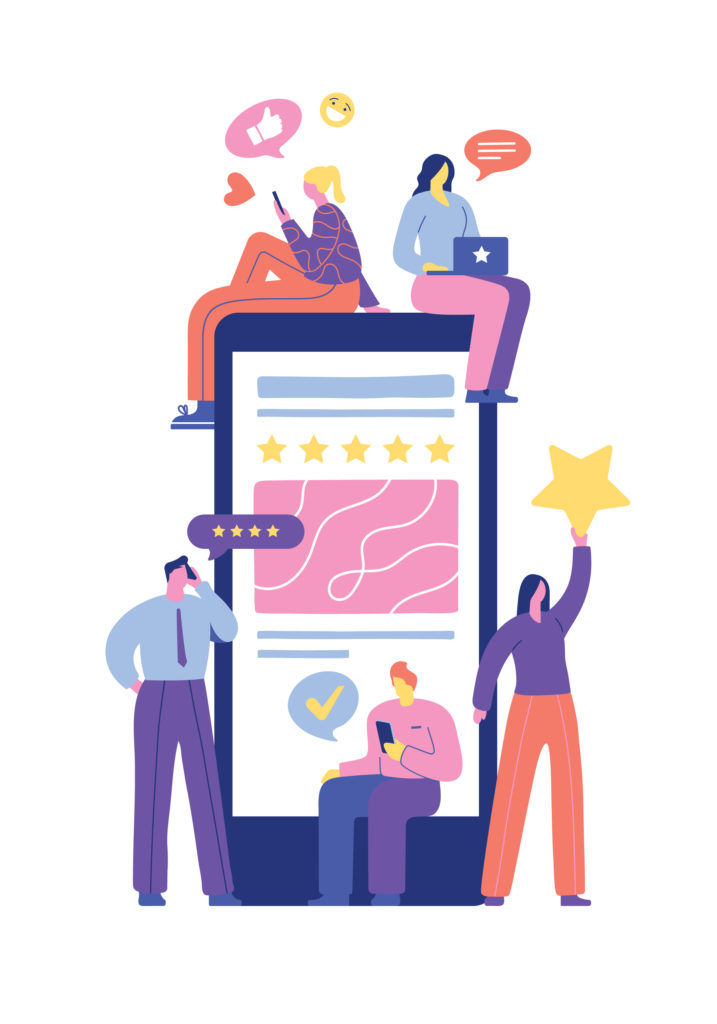
Mobile marketing is almost as widespread as digital marketing as a whole. And overlaps with many other types of marketing. Mobile marketing is all about doing everything you do on a desktop computer, adapting it to mobile devices, and deploying specific strategies for these devices (in-app ads, SMS, and instant messaging). It is even more important to do mobile marketing if you are targeting a young audience.
Advantages
Consumers (including you and me!) use their phones much more than their computers these days. So doing mobile marketing is like looking for them where they are.
Mobile marketing can hyper-target, i.e. use specific audience segments or geographic data to target a very specific audience.
Disadvantages
Phone screens offer very little space, mobile ads receive few clicks (and existing clicks are partly due to handling errors), and most applications fall into oblivion after being downloaded.
People don’t want to be interrupted by brand advertisements and marketing messages when they are chatting with family and friends.
What you should do
The top priority is to ensure that your entire website and all your content is “mobile-friendly”, i.e. suitable for mobile use. This often translates into simple and concise designs and content: texts are clear, buttons are large, and videos are subtitled so that the message remains accessible even without sound. This is already an excellent start. Then you can focus on advertisements, messages, and campaigns specifically designed for mobiles.
5. Social network marketing

In contrast to other channels such as television, print advertising, or display advertising. Social networks bring a whole new dimension: interaction. Instead of simply spreading your message to the masses, social networks offer the opportunity to interact with your customers and listen to what they have to say.
There are many different platforms: Facebook, Instagram, Twitter, LinkedIn, Pinterest, YouTube, Snapchat… You can carry out free and natural marketing (Facebook groups, stories, Messenger, etc.), or paid marketing (Facebook’s paid ads, for example). All businesses should be available on at least some of these networks.
Advantages
Your efforts can easily be multiplied as users will like, comment, and share your content with their contacts.
Facebook ads, in particular, are very sophisticated these days and allow you to target a specific demographic segment.
Disadvantages
People like Mark Zuckerberg who are at the head of these networks are constantly adjusting their algorithms. And finding new ways to make money. This makes it difficult to keep up with all the latest changes.
Publishing a few elements on social networks may seem easy. But it still requires a real strategy and much more time than you might think.
What you should do
Social networks should in any case be part of your content marketing strategy. And the steps mentioned above apply here too: decide what kind of content you want to create, then decide what format and channels to use.
For social networks, on the other hand, you should also create a publication calendar, so that you know when you will publish what.To help you you can use content publishing scheduling software like Buffer or Hootsuite.
Keep in mind that the interest of social networks is above all to be able to dialogue with your audience.
6. Email marketing
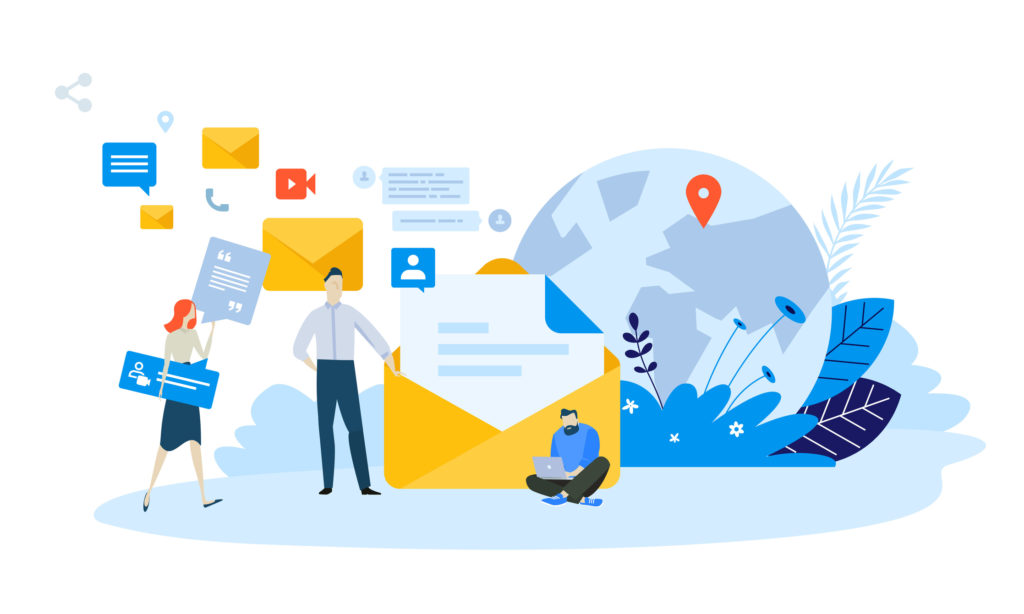
Email is almost out of fashion these days, with Snapchat and the many instant messengers available on the market. Yet email marketing campaigns remain one of the most effective ways to reach your target audience. Clothing brands and e-commerce sites are particularly successful with seasonal promotional campaigns (Mother’s Day, Valentine’s Day…). While taking care of their “prospects” through newsletters.
Advantages
Having an email list allows you to stay in touch with your customers. Regardless of the changes in algorithms made by social networks (imagine that Mark Zuckerberg suddenly decides to close your Facebook group!).
Staying in regular contact by email allows you to build a real relationship of trust with your customers and ensure that they remember you.
Disadvantages
Many emails go into the trash without even being opened. So you need to find a tagline to get your customers’ attention from the very beginning.
You must continually find ways to bring something new to the table so that your clients do not unsubscribe from your list.
What you should do
Choose the emailing service that suits you best: Mailchimp, ConvertKit, GetResponse. And start keeping your customers’ email addresses. Give them a good reason to join your list, e.g. offer them a step-by-step PDF guide or a free design template. And of course be careful to respect your obligations (if you have customers in Europe, make sure you are familiar with the RGPD rules). Once you start collecting your contacts’ addresses. Plan to send them a regular newsletter and make sure they are filled with useful information. Not just promotions and commercial messages.
7. Influencer marketing
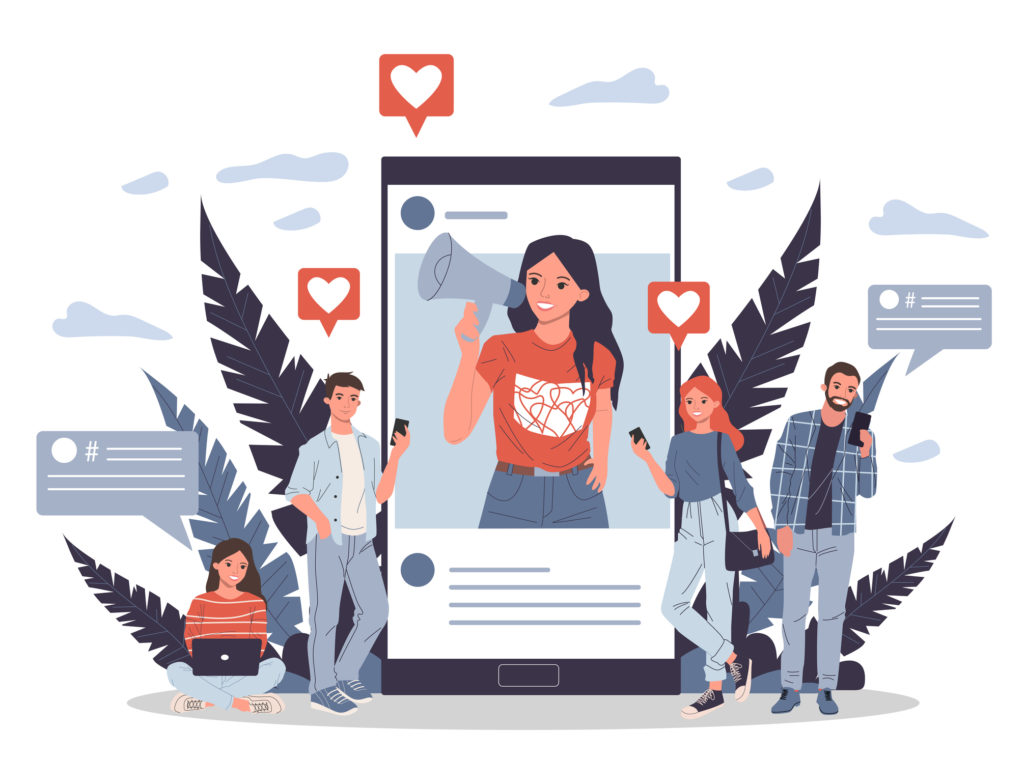
For this type of marketing, you need to partner with an influencer (celebrity, expert, etc.) who already has his or her own audience. When this person promotes your products on Instagram, Snapchat, or YouTube, his or her loyal followers will follow his or her recommendations and buy your products. Kardashians or someone else super hip and famous may be the first ideas that come to mind, but this type of marketing also works very well for B2B. Simply put, the exchanges will probably be more formal and targeted towards an expert in your industry.
Advantages
You benefit from all the contacts of the influencer, instead of having to build your own audience.
Teaming up with a celebrity can help you become instantly “hip”, especially with young audiences.
Disadvantages
Finding an influencer is not as easy as paying a celebrity a lot of money. It’s better to find the right influencer for your audience and associate with that person in a natural way. This influencer and your company must have common values and a shared vision if you want it to be successful.
There is a growing mistrust of influencers these days. So you need to be extremely transparent about the fact that you are paying them to promote your brand.
What you should do
Think about what you want to achieve by using an influencer. Make a shortlist of potential influencers who have the right audience for your brand (quantity is not everything, their level of commitment is also important, if not more). Then get in touch with them and see what you can negotiate!
8. Affiliate marketing
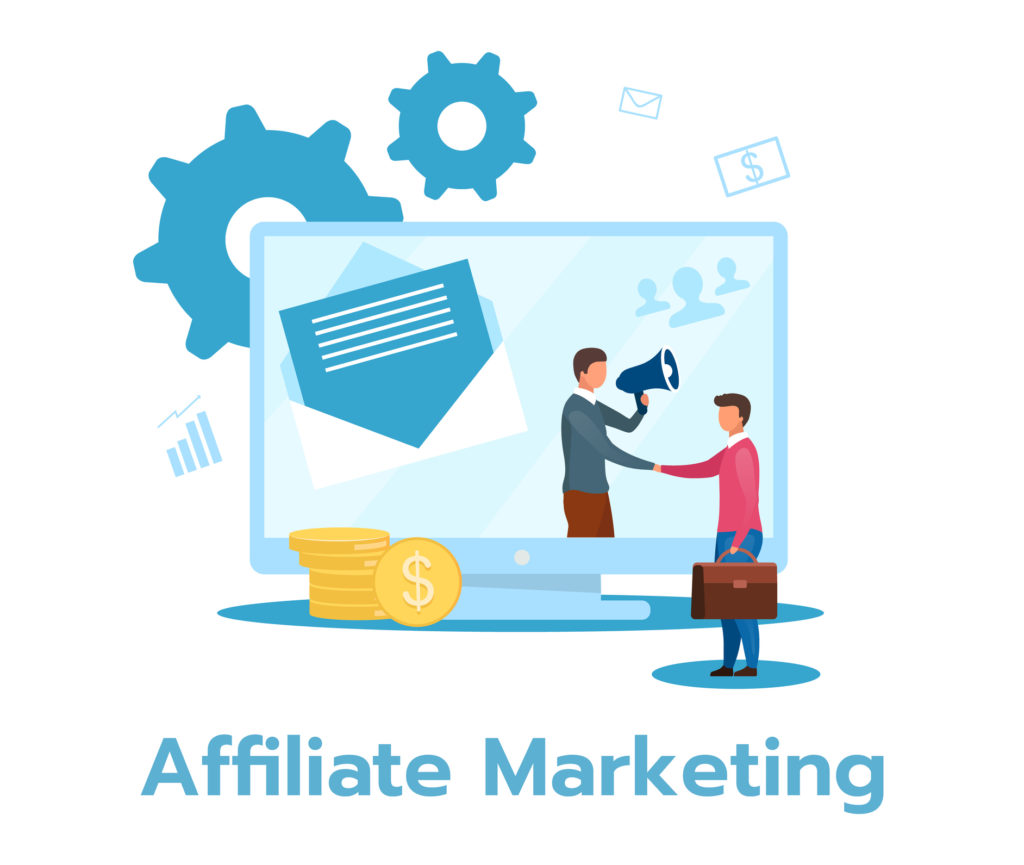
Affiliation means outsourcing the promotion of its products to an individual or a third party company in exchange for a commission on sales. This is a very common practice among bloggers and e-commerce site owners (see Amazon Associates). The affiliate will promote your products on their website. And if users click on this link and purchase your products, the affiliate will automatically receive a commission.
Advantages
Your affiliates do all the work for you
You only pay when a sale is made
Disadvantages
You don’t have 100% control over your brand. That’s why you will need to educate your affiliates about your brand identity and its message.
You can’t just make a deal with your affiliates and then that’s it. It will be also necessary for you to follow their progress among other things
What you should do
Start with an analysis of the competition to determine how many affiliate programs exist. And see if you prefer to create your own program. Or use a specialized agency. In any case, be very clear about payment and conditions. Also prepare a small presentation of your company containing your style guide so that affiliates become familiar with your brand.
9. Video marketing
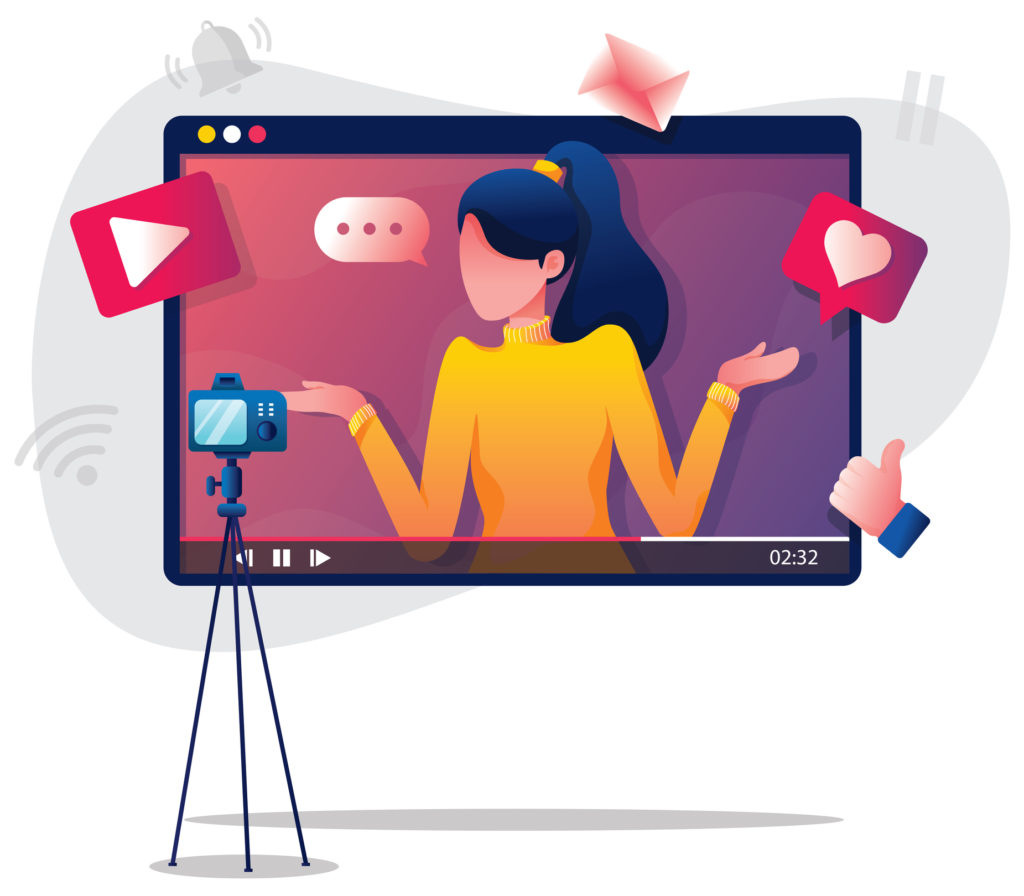
Video is the star of digital marketing these days. And if you had to remember just one thing from this article, it would be this! It can be a short video clip or a longer format, intended to educate or entertain, pre-recorded or live filmed, for example. Making a TV commercial and putting it online is no longer enough. It is now necessary to create customized content for digital channels.
Advantages
Video can be a very effective way of getting your message across, as it appeals to the emotions of the viewers. This is much more memorable than images or text.
All the best-known networks (Facebook, Instagram, Linkedin) favor video content. This means that video content is even more visible than other types of content. It will therefore receive more likes and comments, and will also be better referenced.
Disadvantages
We have a very short attention span, so your videos need to capture attention in just a few seconds. Otherwise, they will move on.
Anyone can make a video at a low cost, but creating a good quality video with effective and interesting content takes skill, time, and money.
What you should do
The video should really be part of your content strategy. Be specific about what you are trying to do (inspire, educate, entertain), and make sure you stay focused on that goal throughout the process. Don’t overdo it though. Many people make great videos with an iPhone. But be sure to take care of the lighting and sound. This will transform your video completely!
10. Audio marketing
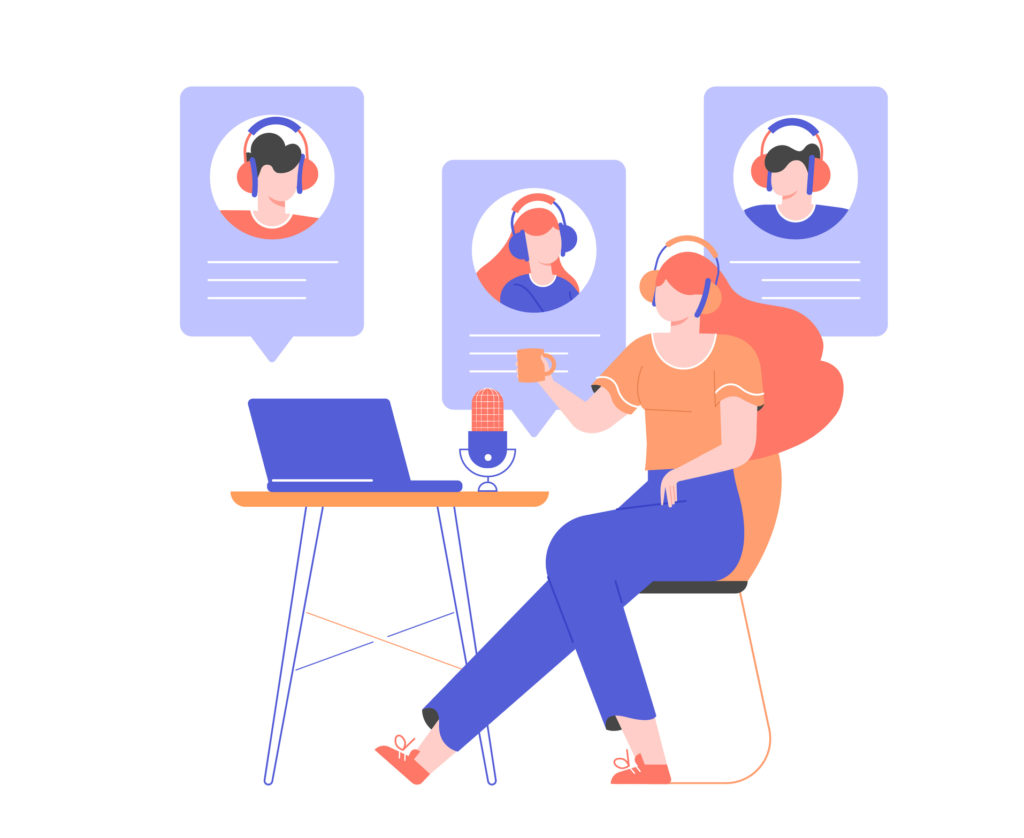
Radio has come a long way since the golden age of radio broadcasting in the 1920s, 30s, and 40s. Although radio has been replaced by television, there are still many people who listen to the radio on a regular basis. This is especially true today with the advent of the internet radio. Channels like Spotify still offer the possibility of broadcasting traditional advertising, but so-called audio marketing extends to much more than that! These include podcasts and PDAs such as Alexa from Amazon and Google Home.
Advantages
Audio formats, whether it’s traditional radio or podcasts, are a great way to reach a busy, fast-paced audience at times when they’re willing to pay attention to what you’re saying. When they’re on their way to and from work, for example.
Audio content may be easier and cheaper to produce than video content (and you may even be able to reuse other types of content, taking the soundtrack of a video, for example).
Disadvantages
Your audience will often be doing several things at once when they access your audio content. It can therefore be difficult to get them to do this or that action (there is no easily accessible button that appears before their eyes!).
Running marketing campaigns on PDAs is still experimental, and it is difficult to get started without an immediate return on investment.
What you should do
There are so many things possible in audio marketing that the first thing to do is to decide exactly what you are going to do. Create a radio ad, launch a new podcast, experiment with PDAs… Think about your audience and where they spend their time. What is the best channel to use to reach them? What existing content do you have that you could reuse? Make a list of relevant podcasts available and contact them to possibly get invited.
Finally
There you go! We’ve taken a look at the top 10 types of digital marketing you should think about for your business. Don’t try to be all things to all people: you’ll get too tired and end up doing things by halves. Think about your goals, the identity, and habits of your audience, and base your choices on this data.
If you were interested in this topic, you should also like the articles in the “Strategy” category. You will find them all here.
Do not hesitate to contact us or to leave a comment, we will be happy to discuss with you.
Stay up to date with what is published in this blog.